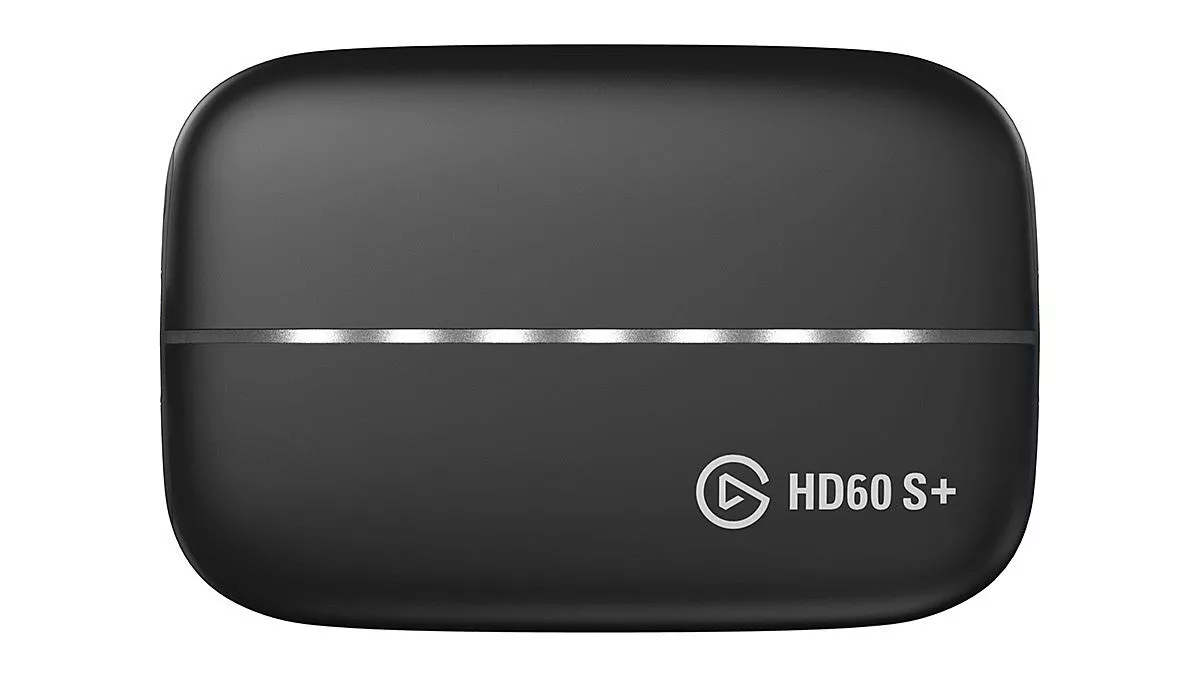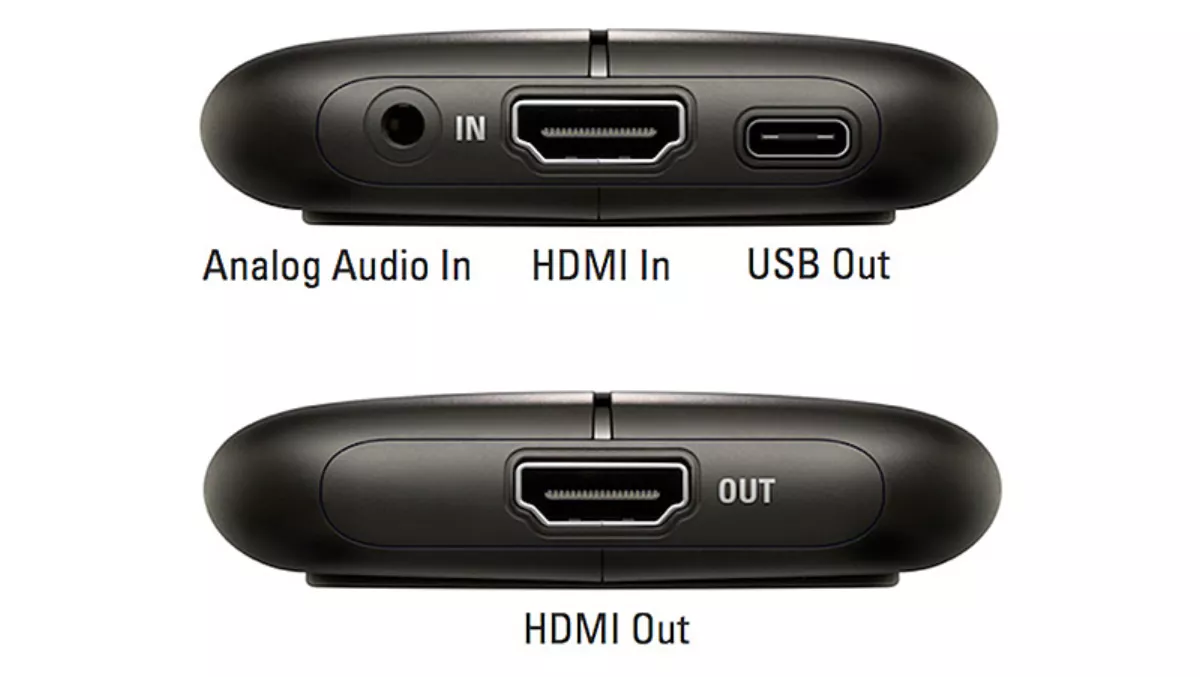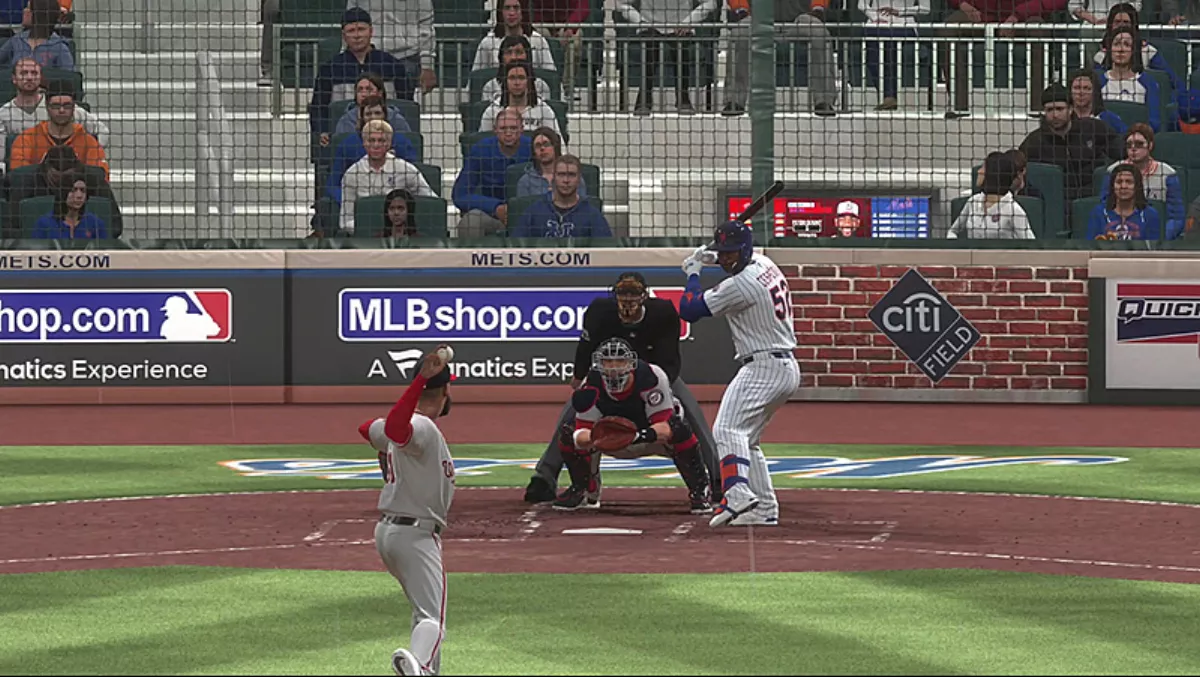
Hands-on review: Elgato Game Capture HD60 S+
Elgato's standalone HD60 S+ capture device allows the recording and streaming of video from PCs and game consoles via HDMI. It's a compact unit that's portable and easy to connect.
I've recently had a timely internet upgrade, giving me access to Australia's long-overdue (and still rather unimpressive, even after nine years of effort) National Broadband Network. The faster upload speed has piqued my interest in returning to online video content creation and the brave new world of streaming.
The likes of OBS Studio and Streamlabs OBS both do a great job for PC streaming (especially if you have a tasty Nvidia RTX GPU), unfortunately, the same can't be said for console streaming and recording, not without a bit of help.
Whilst both PlayStation 4 and Xbox One have their own native streaming capabilities, you miss out on adding your personal touch with the professional overlays and layouts that are afforded by dedicated streaming software. Similarly, gameplay recording is limited using consoles' built-in facilities.
This is where a capture card comes in handy. The Elgato Game Capture HD60S+ takes the HDMI audio-visual signal from your console's output (be it PS4, XB1 or Switch and sends it off, via a USB 3.0 cable, to your PC. A HDMI cable passthrough is connected from the HD60 S+ to your display, allowing gameplay to be viewed, as usual. The Elgato device works in the background with your PC with no effect on console game performance.
With two PCs, one for gaming and another for video capture/streaming, the HD60 S+ can also come in handy, if you've an HDMI display output source to tap into. This way you can devote 100% of your gaming rig's performance to your game and let your second PC or laptop, with the Elgato HD60 S+, deal with the video capture, recording and streaming.
The HD60 S+ capture card is also a useful tool for broadcasting webinars and creating training videos. Using the device to capture, record and/or broadcast your presentation from a dedicated PC takes some of the worries out of using the same PC for your content as well as your broadcasting. Presenters are able to see exactly what their audience are, and view and monitor the stream from a separate, dedicated PC.

The HD60S+ will capture up to 1080p60 HDR video and stereo audio. The HDMI passthrough allows content to be played at full 4K HDR resolution regardless of the limitations of the capture card. Elgato does sell a 4K capture card for the real heroes out there, but for most game recording and streaming, 1080p should be more than enough. The Elgato 4K Capture Utility (which but be installed prior to using the capture device) will allow 4K capture at 30fps, but I really saw no need, this may, however, be of interest to filmmakers.
The HD60 S+ captures video and audio from the source, and it does it so well that is possible to play console games, via the captured video, as displayed on your PC, without any discernible lag. The device does require HDCP (High Definition Copy Protection) to be switched off, so you'll not be watching/streaming or recording and movies via the HD60 S+.
The HD60 S+ also has a 3.5mm audio input. This is useful for capturing chat as well as game audio when using headphones on the PS4. You will need to get a "Y" connector to split the audio signal from the controller to send audio to the capture device and your headphones.

I also found the device very handy for capturing in-game images for my reviews. By recording the whole gameplay session, I could cut out and use the most interesting gameplay images. It's not easy to get good images in the middle of an action sequence using the native console image facilities unless you are some sort of ninja.
I tested the device with a PC, PS4, Xbox One, Switch and Nvidia Shield TV. It worked without a hitch. The Shield TV was particularly interesting, as it allowed me to capture PC game content steamed from my desktop to the Shield, via Nvidia's GameStream facilities.
The quality of the HD60 S+'s capture is nigh-on perfect, as best tested by simply recording gameplay via the free OBS streaming software. Of course, if you are actually streaming, there are a multitude of other settings you need to be mindful of to ensure that your stream quality matches the capabilities of both your own Internet service and that of your intended audience.
The HD60 S+ comes complete with an HDMI cable and a USB 3.0 cable, both of which could have been a bit longer, to better connect to my PC setup. With a 2m USB extension, I increased the length of the USB cable to my PC, without any problems. The device is powered via the USB cable, so there's no power cable trailing from a power supply unit, which is good, as I'm running out of power sockets.
The lack of any instruction manual was a bit of a nuisance. Not that the setup is that difficult. But a few pointers highlighting important issues would have been helpful. For instance, the need to turn off the HDCP setting on the PS4 and the incompatibility with the PS3 due to HDCP being permanently on. There is a considerable amount of information on the Elgato website.
Unfortunately, the best information is only obtainable by watching instructional videos. It's a bit of a pain to sit through a 10-minute video just for a 30 second bit of info.
I also found it a bit weird that many of the device's more advanced settings (like enabling/disabling HDR recording) seem to only be accessible via the Elgato capture app rather than via my capture software of choice. Perhaps I'm missing something. The 4K Capture Utility, in itself, is only good for recording video, and not streaming, so it was a pain to have to open it just to change a setting.
The above are a few very minor gripes with a device that I have found absolutely incredible. It is easy to use and 100% reliable. I had no problems using the HD60 S+ with both OBS Studio and Streamlabs OBS. The 4K HDR passthrough means that you don't have to compromise your personal gameplay experience in order to record or stream your game. The HD60 S+ is also extremely compact, palm-size, in fact, making it very portable and easy to tuck out of the way.
If you are thinking of streaming or just want to create professional-looking YouTube videos of your favourite gameplay, the Elgato Game Capture HD60 S+ is an absolute must.



